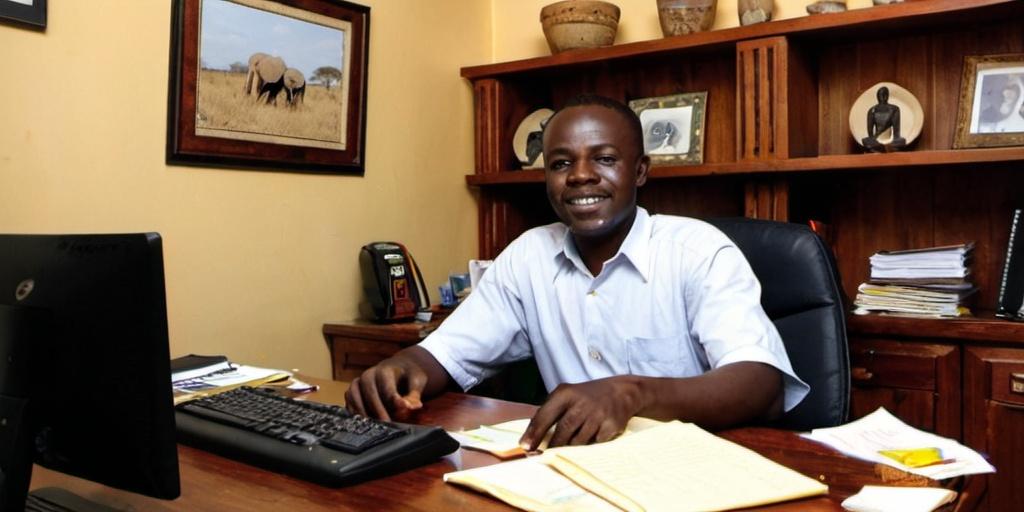Market overview and growth drivers
Retail forex activity across Africa has moved from a niche to a mainstream side hustle for many traders over the past decade, helped by cheap smartphones, better 4G coverage, and easier cross-border payments. Liquidity on the major pairs remains centered in London and New York, but order flow from Johannesburg, Lagos, Nairobi, Cairo, and Casablanca has grown as local brokers and international firms set up regional support. South Africa still anchors the continent in terms of volume and regulation, yet West, East, and North Africa each bring their own mix of currency controls, mobile-money rails, and banking quirks. Volatility in local currencies, inflation episodes, and policy shifts keep interest high because people want instruments that can be traded long and short around the clock with modest capital. That said, leverage cuts both ways, and capital preservation should sit at the top of any plan.

Regulation and licensing across key markets
Rules matter because they shape leverage limits, client money protections, and how complaints get handled. South Africa’s Financial Sector Conduct Authority (FSCA) sits at the stricter end, pushing for segregated accounts and clearer marketing standards. Kenya’s Capital Markets Authority (CMA) licenses non-dealing online foreign exchange brokers and tightened onboarding checks after waves of unlicensed outfits targeted retail clients. Nigeria’s stance has shifted more than once; banks and payment gateways have periodically restricted funding routes for offshore brokers, which nudges traders toward local transfers, fintech cards, or crypto rails for deposits and withdrawals. North African markets blend domestic rules with EU proximity; Moroccan and Egyptian residents often trade with offshore entities while watching local currency rules closely. Francophone West Africa adds another layer with the CFA franc and regional oversight under the BCEAO. Wherever you live, confirm the entity name on your account statement matches the license shown on the regulator’s register and understand which dispute body actually hears complaints. Jurisdiction decides a lot when things go wrong.
Access, funding, and withdrawals
Card payments, local bank transfers, and mobile money set the tone for account funding. M-Pesa, Airtel Money, MTN MoMo, and Orange Money have made small-ticket deposits straightforward in parts of East and West Africa, though settlement times and limits vary. Cards may route through international processors that sometimes decline transactions flagged as high risk. Bank wires still work for larger amounts but can carry fixed fees that eat into small accounts. Withdrawals should mirror deposits wherever possible; if a broker can take your funds instantly but returns them only via slow wire, that is a red flag. Always test a modest withdrawal early, even if you do not need the cash yet, to understand timing and any hidden admin fee. Slippage and spreads get a lot of attention, but friction at the cash-in and cash-out stage is where many traders lose patience.
Currencies, sessions, and liquidity patterns
Most retail flow in Africa still concentrates on the big pairs—EUR/USD, GBP/USD, USD/JPY—because spreads are tight, depth is strong, and news calendars are clear. Commodity currencies such as AUD and CAD suit traders who follow metals and energy cycles. African currency crosses can tempt with bold moves, but wide spreads and thin depth make them expensive for intraday trading. Liquidity follows the London and New York sessions; the handover around 12:00–16:00 UTC often brings the day’s largest range and cleaner fills. News-sensitive pairs around South African releases can move sharply during Johannesburg hours, but watch how brokers widen spreads before data. A plan that respects session behavior tends to outlive one that fights time zones.
Costs, execution, and slippage in local conditions
Quoted spreads are only part of cost. Factor in commissions on ECN-style accounts, swap charges for overnight positions, and the real fill you get during volatile minutes. Traders in cities with solid fiber or strong 4G usually see consistent execution; rural areas with spotty data can experience lag that turns market orders into worse-than-expected entries. A VPS near the broker’s trading servers can smooth this out for algorithmic setups, but manual traders benefit more from patient order placement, limit orders at well-defined levels, and avoiding entries during thin pre-news minutes. Keep an eye on swap policies during monetary stress; central bank moves in the US or Europe can shift rollover costs quickly for high-leverage accounts.
Brokers, platforms, and due diligence
The familiar platforms—MetaTrader 4 and 5, cTrader, and TradingView-linked execution—cover almost all needs, with mobile apps carrying most of the workload for African traders. Before falling for bonus offers, confirm negative balance protection, margin call levels, and whether the firm operates a local support desk in your time zone. Read client agreements to see where your funds are held, whether you are trading against a market maker or via an agency model, and what happens in a fast-market gap. To compare licensed brokers, fee tables, and account types in one place, review the listings at Forex Brokers Online to research options, then verify every detail with the regulator and the broker itself. With a clear plan, modest risk per trade, and steady record-keeping, a small account can survive the rough patches and stay in the game long enough for experience to do its work.
